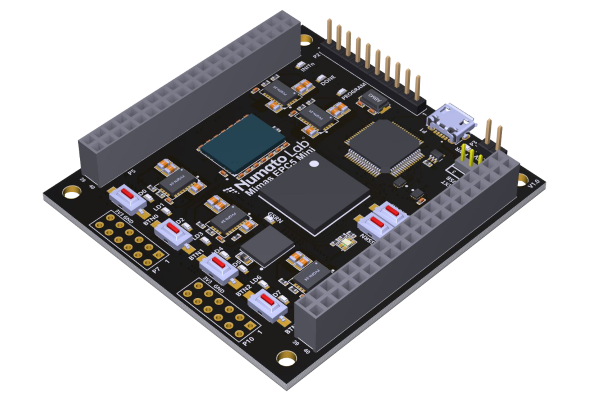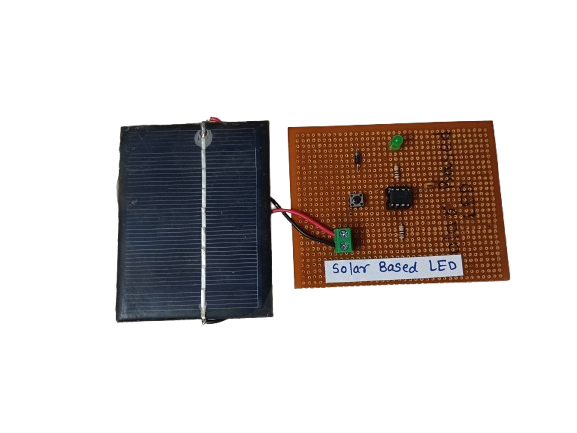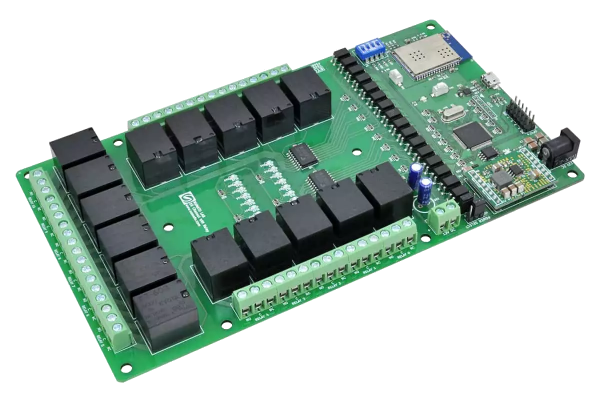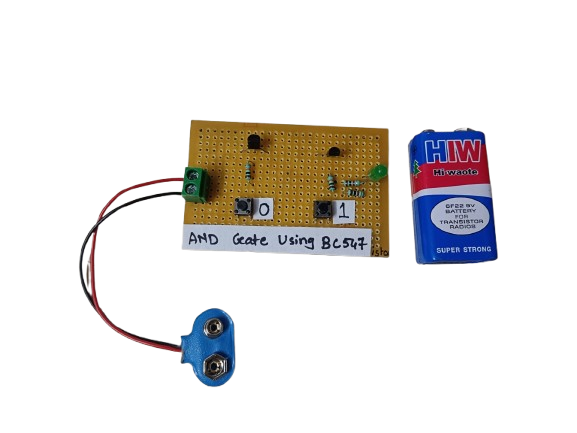Digital Thermometer
A digital thermometer project using the 8051 microcontroller involves interfacing a temperature sensor, like the LM35, with the microcontroller to measure temperature. The 8051 processes the sensor data and displays the temperature on LCD.
Description
A digital thermometer project using the 8051 microcontroller involves interfacing a temperature sensor, such as the LM35, with the microcontroller to measure temperature. The LM35 sensor provides an analog voltage output that is proportional to the temperature, which is then converted to a digital value by the 8051 microcontroller. The microcontroller processes this data and displays the temperature reading on an output device, such as an LCD screen. This project helps in understanding sensor interfacing, analog-to-digital conversion, and microcontroller programming, making it an excellent way to learn embedded systems and digital electronics.
Here are some key features of a digital thermometer project using the 8051 microcontroller:
1.Temperature Measurement: The LM35 sensor accurately measures temperature and provides an analog output proportional to the temperature.
2.Analog-to-Digital Conversion: The 8051 microcontroller reads the analog signal from the sensor and converts it to a digital format for processing.
3.Display Output: The temperature reading is displayed on an LCD or 7-segment display for easy viewing.
4.Low Power Consumption: The project typically uses low-power components, making it efficient for continuous operation.
5.User Interface: Can include simple buttons to reset or change the units of measurement (Celsius/Fahrenheit).
6.Accuracy: Provides reliable and accurate temperature readings with minimal calibration.
7.Simple Design: The project is relatively easy to build, making it suitable for beginners in embedded systems.
8.Cost-Effective: Utilizes affordable components like the 8051 microcontroller and the LM35 sensor.
9.Scalability: Can be expanded to include additional features like temperature logging or wireless communication.
-
A solar-based LED system is a lighting setup that uses solar energy to power LED (Light Emitting Diode) lights. During the day, a solar panel captures sunlight and converts it into electrical energy, which is stored in a battery. At night or in low-light conditions, this stored energy powers the LED light.
These systems are eco-friendly, cost-effective, and ideal for off-grid or outdoor applications like street lighting, garden lights, and emergency lighting.
₹250.00 -
An AND gate can be built using BC547 NPN transistors, a common general-purpose transistor used in digital circuits.
The circuit represents both the inputs A & B for the AND gate and Output, Q, which also has a +5V supply to the collector of the first transistor, which is connected in series to the second transistor, and an LED is connected to the emitter terminal of the second transistor. The inputs A & B are connected to the base terminal of Transistor 1 and Transistor 2, respectively, and the output Q goes to the positive terminal LED.
₹190.00
















